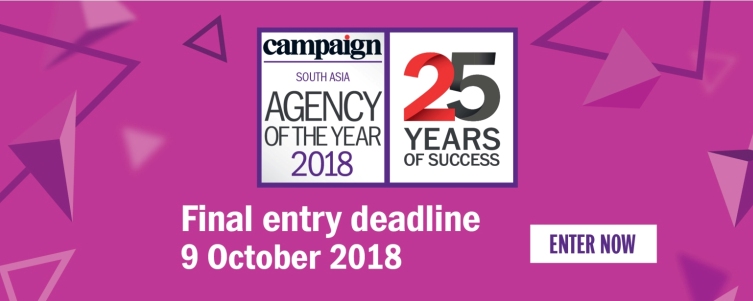A brand is memory and the memory is the brand. This is a well-known circular truth but one that is not entirely well understood.
A brand is born unknown. Memory gets developed over time. It takes decades, centuries and lasts across generations of consumers. The collective memory strengthens and accords the brand enduring social status and familiarity.
More often, a brand stops being memorable, ceases or slows down activity, grows old, boring and is competitively outclassed. It fades from individual and collective memory.
No memory, no brand!
There is a lot of science in tracking brand health which is very valuable to those who sell it. That science aside, the equity of a brand can be thought of as the sum total of the ideas, images and emotions that we associate with a given product or service. The ones we remember. Short term recall as well as long term memory.
The issue of not understanding memory structures enough has to do with the planning horizon. If it is short term, then reflexive memory is the only relevant one. Therefore, whilst advertising, you must get re-call/unaided awareness and be amongst the top two or three brands in the consumer’s mind in terms of consideration set. Recency, spikey bursts of advertising, offers and incremental value to consumers can build immediate consideration and actionable memor.
But, it does not build a brand.
Stickyness implies how long the brand stimulus sticks in the consumer mind. But there is a deeper, more precious subliminal memory as well.
This is the information or impressions that we are not consciously aware of. Once the memory gets encoded semioticallyit is declutched from any episodic activity and then the brand has made a true memorable impact.
Take for example, Roll Royce and elite affluence. Here, one doesn’t need to see a TV commercial or meet a promoter in a mall to know this bi-association.
So, subliminal memory is dense and concentrated. We all know Coca Cola is about refreshment and happiness and Apple is for self-expression and creativity.
But, there are billions of users of these brands. Exactly when did they form these impressions, store in their memories and arrive at a consensus?
No one can say.
What damages brand memory?
Time is a stressor. There is an inherent fade in memory.
Memory structures are very precious and powerful. Investment and effort not just ‘brand -talking to - consumer’ but also in the entire ecosystem needs to be put in. The voice, logo, packaging, design, sponsorships, alliances and of course, consumer sentiment all go into shaping and strengthening memory.
Clutter and Distraction: The explosion in stimulus in this era is like never before in the history of human kind. Every meme gets trampled upon by the horde that follows. Memory is compromised. Programmatic pings are killing the stated need for creative sharpness. If in doubt read the S4 prospectus that Sir Martin Sorrell has released to the world !
Lack of Consistency: Erratic, impulsive, gimmicky and frequent changes of mood, message and materiality damage brands. Persistence, steadfastness, creative consistency helps build stronger memory.
Better to be limited in scope and appeal but rock- solid in consistency.
Look at Tabasco, Nespresso, Benetton, Body Shop as examples of diverse brands with deep connect, deep memory imprints.
Hendrik Jan Grievink has created a game called “Brand Memory” that shows how a brand logo can acquire permanent local estate in your mind.
Hendrik defines his field of work as “Visual culture criticism through popular and recognizable images”.
That’s an indication of how memory can be dissected visually, textually and through all other sensorial faculties namely smell, sound, shape(tactile), taste and so on.
Professor Byron sharp has suggested that brands inevitably become one out of 3 types viz- Repertoire, Destination or long term and he says mental and physical availability both have a role to play.
To conclude pithily:
Powerful brands own memory.
Memories are built via stories.
Stories are about experiences.
Experiences cut into subconscious.
Welcome to the mystique.
Welcome to lure of memory.
(The author is a marketer who writes about brand building, politics, social trends and more.)














.jpg&h=334&w=500&q=100&v=20170226&c=1)





.png&h=268&w=401&q=100&v=20170226&c=1)
.jpg&h=268&w=401&q=100&v=20170226&c=1)

